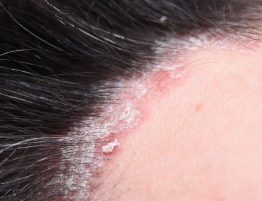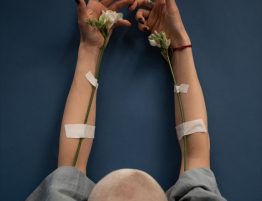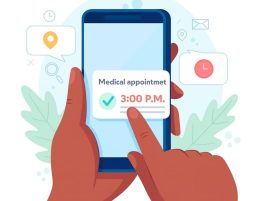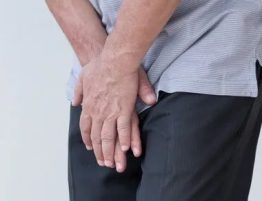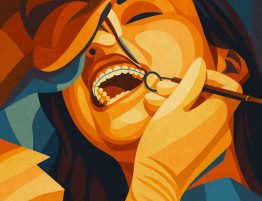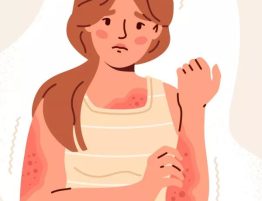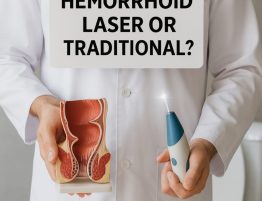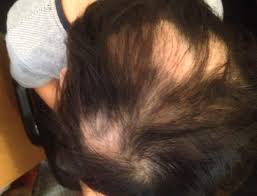
Alopecia areata is a disease that attacks your hair follicles (the part of your skin that makes hair) and causes hair to fall out in small patches, which can be unnoticeable. These patches may connect, however, and then become noticeable. The condition develops when the immune system attacks the hair follicles.It is a common autoimmune disorder that often results in unpredictable hair loss.
It can begin at any age; however, most people develop it during childhood or their teenage years. The condition can affect anyone regardless of age and gender, though most cases occur before the age of 30.If a parent or close blood relative has (or had) alopecia areata, a child has a greater risk of developing this disease. While the risk is greater, not every child with this increased risk will get alopecia areata.
Types
When talking about treatment, your dermatologist may mention the type of alopecia areata that you have.
Alopecia areata: Alopecia is the medical term for bald. Areata means patchy. This patchy baldness can develop anywhere on the body, including the scalp, beard area, eyebrows, eyelashes, armpits, inside your nose, or ears.
Alopecia totalis: The person loses all hair on the scalp, so the scalp is completely bald.
Alopecia universalis: The person loses all hair, leaving the entire body hairless. This is rare.
Diffuse alopecia areata
Diffuse alopecia areata may look a lot like female- or male-pattern hair loss. It results in sudden and unexpected thinning of hair all over the scalp, not in just one area or patch.
Ophiasis alopecia
Hair loss that follows a band along the sides and lower back of the scalp is called ophiasis alopecia’
Treatments of Alopecia areata
Many treatments are known to aid in hair regrowth. Multiple treatments may be necessary, and none consistently work for all patients. There’s no known cure for alopecia areata, but the treatments that you can try that might be able to slow down future hair loss or help hair grow back more quickly.Some treaments are mention below:
Injections
Steroid injections are a common option for mild, patchy alopecia to help hair grow back on bald spots. Tiny needles inject the steroid into the bare skin of the affected areas.The treatment has to be repeated every one to two months to regrow hair. It doesn’t prevent new hair loss from occurring.
Oral Treatment
Although oral systemic steroids are known to induce hair growth in affected patients, their long-term use is contraindicated because of the likelihood of undesirable side effects.
Light therapy
Light therapy is also called photochemotherapy or phototherapy. It’s a type of radiation treatment that uses a combination of an oral medication called psoralens and UV light.The use of photochemotherapy is supported by some studies and presents a potential alternative for patients unable or unwilling to use systemic or invasive therapies.
Topical agents
The topical sensitizers, diphencyprone or squaric acid dibutylester, have been used in those suffering from recalcitrant alopecia areata or those with more than 50% hair loss. The goal of treatment is to create an allergic contact dermatitis of the scalp.
There are many treatments for alopecia areata, but no single treatment has been shown to work for everyone.
Cost
Many cases resolve without treatment. It can cost less than $200-$1,000 or more for treatment with topical medications or corticosteroid injections and photochemotherapy, which combines the chemotherapy drug Psoralen with UVA therapy can cost $100 or more per session, with 20 to 40 sessions required, for a total of $2,000-$4,000
We, at Almurshidi Medical Tourism Agency can help you find the best Treatments of Alopecia Areata.
For any queries and details contact us now at
Email:almurshidi.medical@gmail.com
Line/Instagram: AlmurshidiMed
Whatsapp: +66 822 004 040

